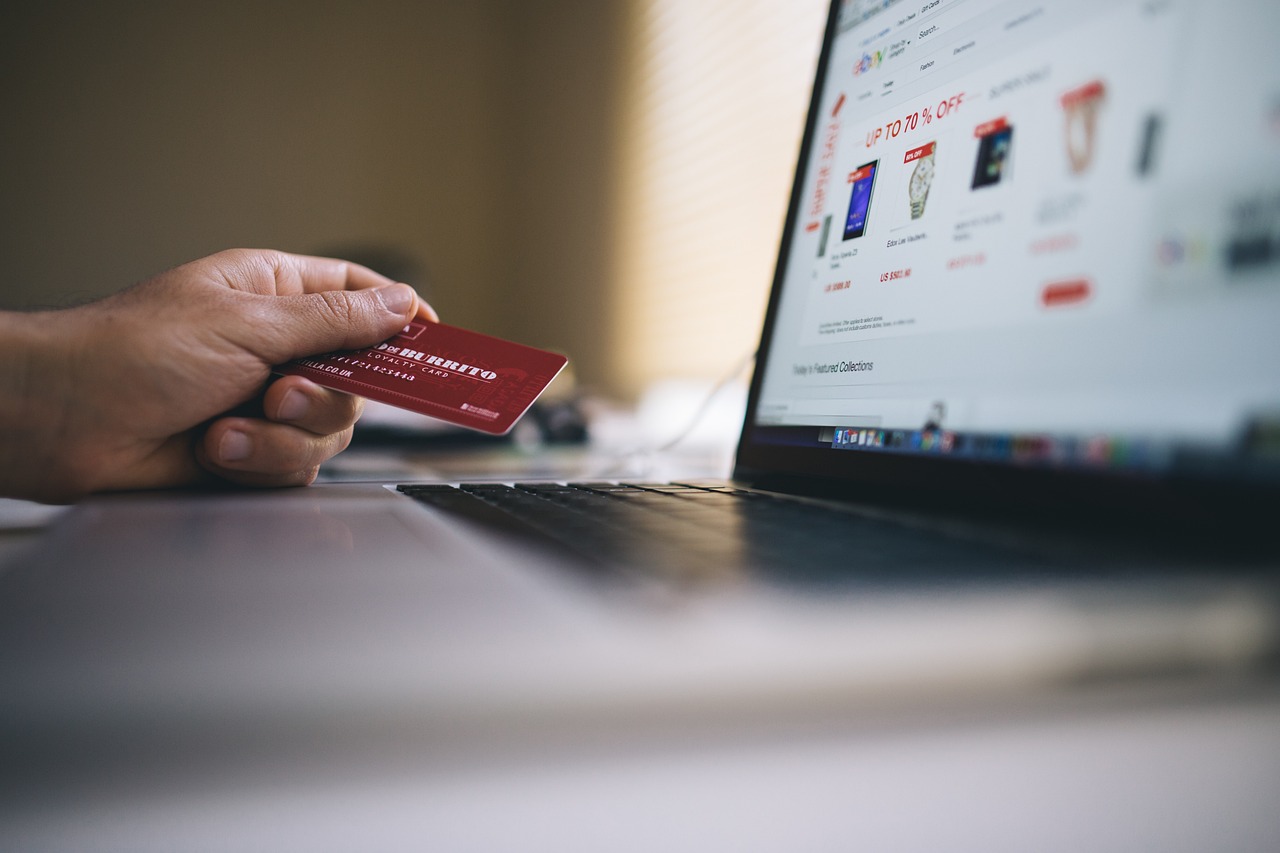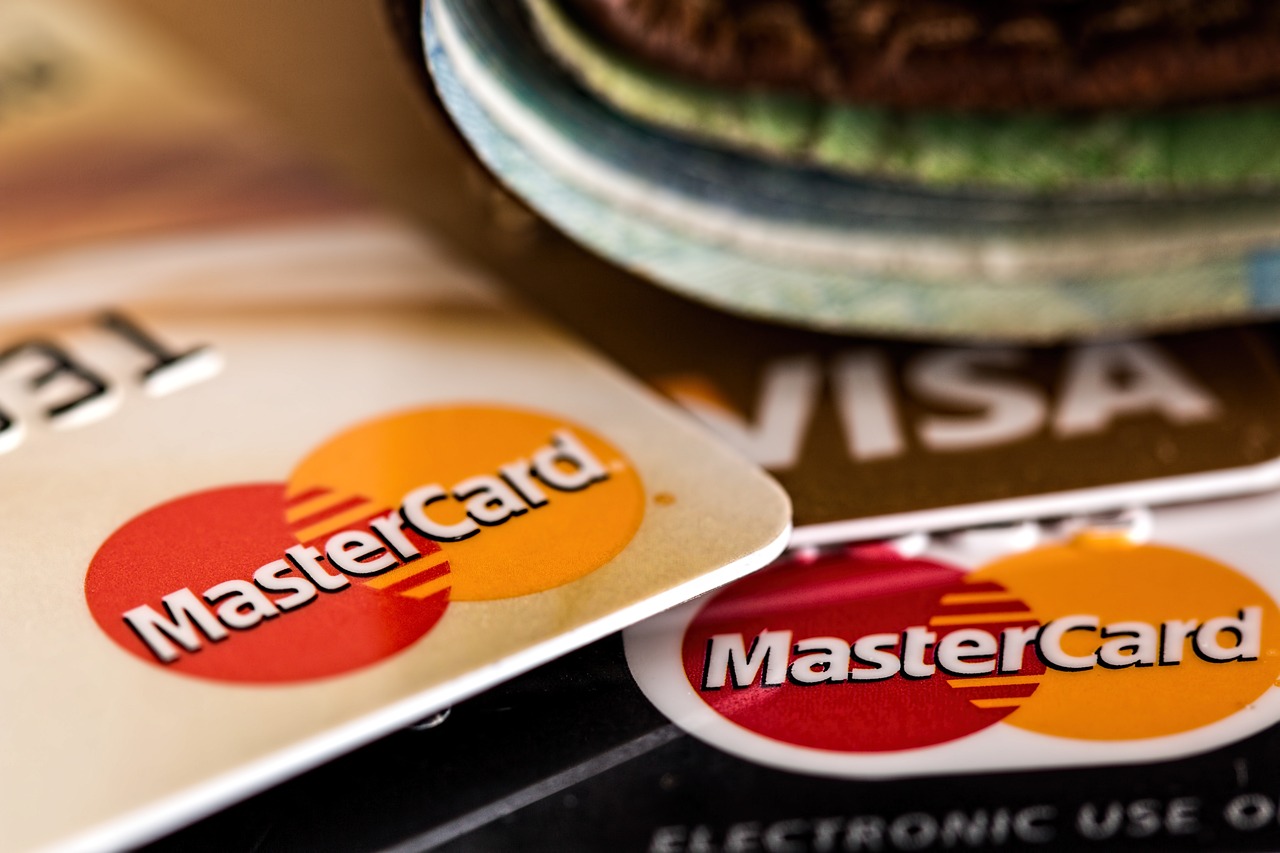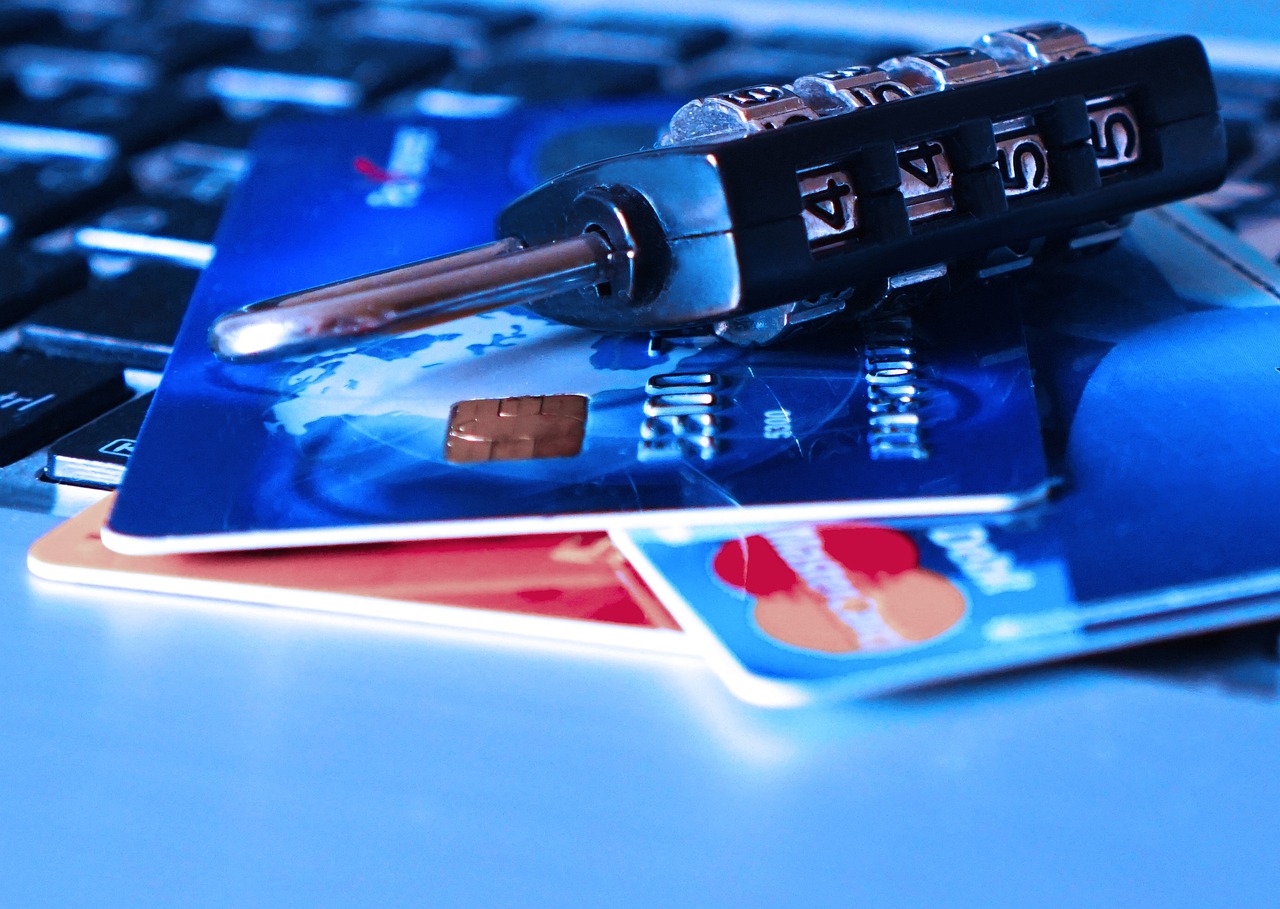
In today’s digital age, the convenience of online shopping has become an integral part of our lives. However, this ease of access also comes with an increased risk of credit card fraud and unauthorized access to our sensitive financial information. As cybercriminals continue to devise sophisticated methods to target unsuspecting consumers, it’s crucial that we take proactive steps to safeguard our credit card data while indulging in the benefits of e-commerce.
Use Secure Websites Only
The foundation of protecting your credit card information while shopping online lies in ensuring that you’re only using trusted, secure websites for your transactions.
Check for HTTPS and Lock Symbols
When browsing an online retailer’s website, always look for the “https://” prefix in the URL and the presence of a padlock symbol in the address bar. These indicators signify that the site is using a secure, encrypted connection to transmit your data, making it much harder for hackers to intercept your information.
| Secure Website | Unsecure Website |
|---|---|
| https://www.reputableretailer.com | http://www.unsecuresite.com |
| Padlock symbol present in the address bar | No padlock symbol or “http://” prefix |
| Data is encrypted during transmission | Data is sent in plain text, vulnerable to interception |
Stick to Reputable Retailers
While the convenience of online shopping may tempt you to explore lesser-known websites, it’s crucial to stick to well-established, reputable retailers with a proven track record of security and customer satisfaction. Be wary of unfamiliar sites that offer unrealistic deals or have a poorly designed user interface, as these are often associated with fraudulent activities.
Tips for Identifying Legitimate Websites:
- Read customer reviews: Look for feedback from other shoppers to gauge the website’s trustworthiness.
- Verify contact information: Ensure the website provides a physical address, customer service phone number, and email address.
- Avoid too-good-to-be-true offers: Be cautious of significantly discounted prices or “free” products, as these may be a tactic to lure in unsuspecting victims.
Avoid Public Wi-Fi for Transactions

Public Wi-Fi networks are a favorite hunting ground for cybercriminals, as they can easily intercept and steal your credit card information while you’re connected. It’s crucial to avoid conducting any financial transactions or sharing sensitive data while using public internet access.
Use Mobile Data or a VPN
If you need to make an online purchase while away from home, consider using your mobile data or connecting to the internet through a Virtual Private Network (VPN) to ensure a secure connection. A VPN encrypts your internet traffic, making it much harder for hackers to access your sensitive information.
Risks of Public Networks
Public Wi-Fi networks are vulnerable to man-in-the-middle attacks, where cybercriminals can intercept the data being transmitted between your device and the website you’re visiting. This allows them to steal your credit card details, login credentials, and other personal information.
Risks of Using Public Wi-Fi:
- Man-in-the-middle attacks: Hackers can intercept your data and steal sensitive information
- Eavesdropping: Cybercriminals can monitor your online activity and transactions
- Malware injection: Hackers can use public networks to inject malware into your device
Set Up Strong Passwords and 2FA
Securing your online accounts with strong, unique passwords and two-factor authentication (2FA) is a critical step in protecting your credit card information from unauthorized access.
Create Unique and Strong Passwords
When creating passwords for your online accounts, it’s essential to use a combination of uppercase and lowercase letters, numbers, and special characters. Avoid using personal information, common words, or sequential patterns, as these are easily guessable by hackers.
Password Manager Tools:
- LastPass
- 1Password
- Bitwarden
- KeePass
Enable Two-Factor Authentication (2FA)
Two-factor authentication adds an extra layer of security by requiring a second verification step, such as a one-time code sent to your mobile device or an authentication app. This helps prevent unauthorized access to your accounts, even if your password is compromised.
Popular Platforms with 2FA:
- Apple
- Microsoft
- Amazon
Use Virtual Credit Cards or Digital Wallets

To further protect your credit card information, consider using virtual credit cards or digital wallets for your online purchases.
Virtual Credit Cards
Virtual credit cards generate a one-time-use card number that acts as a shield for your real credit card information. This means that even if the virtual card number is compromised, your actual credit card details remain secure.
Steps to Set Up a Virtual Credit Card:
- Contact your credit card provider and inquire about their virtual card options.
- Follow the provider’s instructions to create a virtual card number.
- Use the virtual card number for your online transactions.
Digital Wallets
Digital wallets, such as Apple Pay, Google Pay, and PayPal, provide an additional layer of security by not sharing your credit card details directly with the retailer. Instead, they use tokenization to represent your payment information, making it much harder for hackers to access your real financial data.
Regularly Monitor Your Credit Card Activity
Vigilance is key when it comes to protecting your credit card information while shopping online. Regular monitoring of your transactions and account activity is crucial to quickly identify and address any unauthorized activity.
Set Up Alerts and Notifications
Contact your credit card provider and request to set up transaction alerts and suspicious activity notifications. This allows you to be promptly notified of any suspicious charges or unauthorized access to your account.
| Credit Card Provider | Fraud Alert Setup |
|---|---|
| Chase | Log in to your account > Security & Settings > Alerts |
| Citibank | Log in to your account > Manage Accounts > Account Alerts |
| American Express | Log in to your account > Account Services > Security Settings |
Review Statements Frequently
Make it a habit to regularly review your credit card statements for any unfamiliar or unauthorized charges. Promptly report any suspicious activity to your credit card provider to initiate the appropriate fraud prevention and resolution measures.
Tips for Spotting Fraudulent Activity:
- Unfamiliar charges: Look for any transactions you don’t recognize.
- Unusual locations: Be wary of charges from locations you haven’t visited.
- Repeated small charges: Cybercriminals may test stolen cards with small transactions.
Conclusion
Protecting your credit card information while shopping online is crucial in today’s digital landscape. By using secure websites, avoiding public Wi-Fi for transactions, setting up strong passwords and 2FA, utilizing virtual credit cards or digital wallets, and regularly monitoring your account activity, you can significantly reduce the risk of credit card fraud and safeguard your financial well-being.
Remember, staying vigilant and proactively implementing these security measures can provide you with the peace of mind to enjoy the convenience of online shopping without compromising the safety of your sensitive financial data.
